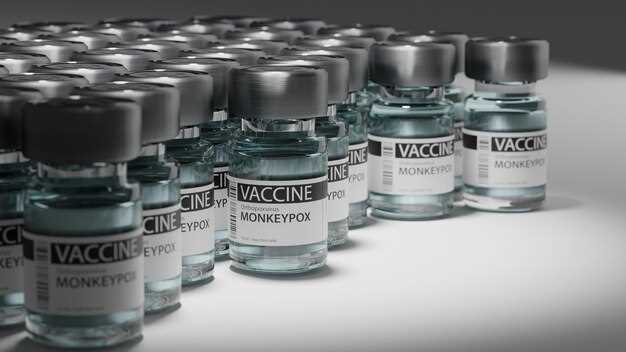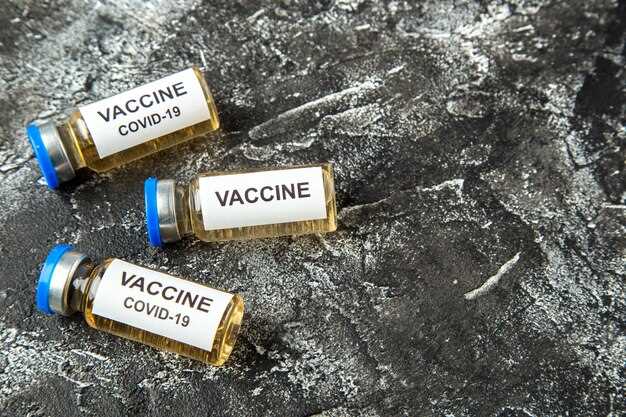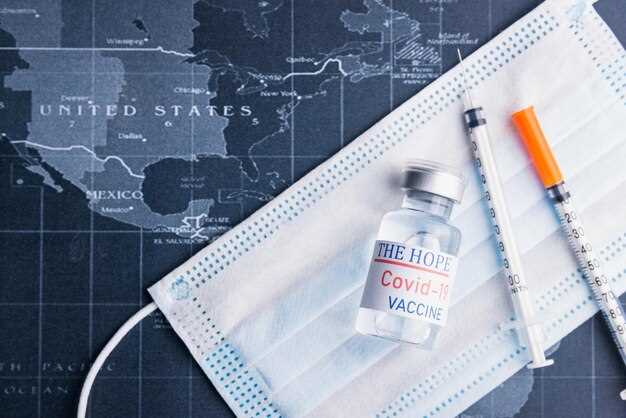
Adopt zero-trust across all components now. Take decisive actions now. Segment critical assets, enforce MFA for all access to logistics portals, and rotate credentials quarterly. Limit lateral movement by isolating site admin interfaces and procurement portals. Track suspicious activity on each node, requiring proactive collaboration between security teams and suppliers to close visibility gaps. This practical approach yields measurable gains in containment time and reduces blast radius in real-world events.
Hacking attempts increased as criminals pivot toward partners and remote workers. Analysts said last quarter that credential theft remains a leading entry vector. Within compact networks, attackers probe low-privilege accounts and leverage software updates to pivot across sites. A robust plan covers people, processes, and technology; emphasize networking with colleagues in small groups and ensure credible παρακολούθηση of user activity across portals. A webinar program helps employees and contractors stay current on alerts and response steps.
Key metrics to watch include MTTD under 12 hours, MTTC under 24 hours, and time to restore critical services within 48 hours. Maintain a live inventory of partner software with a simple tracking method; require SBOMs; enforce least privilege; isolate production and distribution systems; implement network segmentation; require encrypted backups; perform quarterly tabletop scenario exercises; run phishing simulations for all employees; deploy automated alerting for anomalous login times; require rapid revocation of access when personnel shift roles; schedule weekly reviews of access logs. For workers at suppliers, ensure ongoing networking training, and security team writes incident notes into a shared repository.
In morphowave scenario modeling, a single breach can cascade into partner networks, disrupting work queues and delaying deliveries. To limit risk, maintain security requirements within contracts, designate security champions at every site, and deploy rapid-response playbooks accessible via webinar drills. Collaboration among manufacturers, distributors, and retailers accelerates information sharing, tracking, and coordinated containment, reducing impact across a wider network.
Outline: COVID-19 Vaccines Supply Chain Cybersecurity

Recommendation: enforce zero-trust architecture across entry points, segment networks by facility, and require MFA for every worker and contractor; ready for immediate rollouts in warehouses and robotics-enabled lines; align access with capabilities and reducing blast radius; teams can begin today without disruption.
There are five threat vectors in this domain: supplier portals, ERP interfaces, WMS/TCM, robotics control nets, and remote maintenance sessions; monitor activity, enable anomaly detection, and conduct breach drills; publications and shared intel shorten detection cycles; went from hours to minutes in initial simulations; in a connected world, cross-team collaboration speeds response.
Entry controls: enforce least-privilege, role-based access, and continuous authentication; accessible controls for teams; adopt secure remote maintenance; order data and access logs must be signed and immutable; five critical entry points mapped to workstreams and robot-control domains; Specifically, implement privileged access management with segmentation and regular credential rotation.
Visibility, inventory, and maps: maintain live inventory across warehouses; build maps of data flows from supplier orders to infection indicators tested in simulations; infection indicators tested in simulations; risk resides in supplier catalogs; источник; emma led a postmortem on a recent incident.
Publications approach: rely on public reports and sector guidelines to shape baselines; ingest threat intelligence; align with common models; cross-team collaboration increases visibility and accelerates containment; workers on-site and remote operators gain accessible dashboards, reducing recovery time; parcel data feeds into inventory integrity checks.
Identify Critical Data Flows and Stakeholders in the Vaccine Supply Chain
Recommendation: Map critical data streams across logistics network, spanning devices at facilities, transport hubs, and end-point systems. Include entry points such as inspections and automated checks, including fulfillment updates, and identify who relies on each stream–partners, researchers, and operators.
Identify data types: environmental metrics, device fingerprints, lot and expiry data, authorization logs, and proof of inspections. For each type, specify which platforms handle it, which partner roles access it, and which devices contribute fingerprints. Ensure data provenance by linking entries to underlying transactions and component changes.
Stakeholders and roles: list manufacturers, distributors, cold-chain managers, labs, regulators, health networks, IT teams, and external researchers and platform vendors. Define each party’s part in data handling. Outline responsibilities, access rights, and incident response workflows so partners can respond quickly.
Governance and controls: map underlying risks across access, authentication, and automation. Deploy device management, networking hygiene, continuous monitoring, and platform-level inspections to limit exposure. Implement validation at entry points and enforce least-privilege access.
Operational steps: starting from minimal viable map, then expand data lines with additional types. Draft data-sharing agreements with partners, define cadence for updates, and tie data flows to business outcomes. Leverage Orion for cross-system analytics and fingerprint-based attestation to verify provenance.
Ransomware and Data-Tampering Risks in Cold Chain and Serialization Systems
Install airtight isolation between IT networks and OT devices in warehouses, enforce MFA and role-based access, and deploy tamper-evident signing for serialization records. Maintain offline backups for critical inventory data and validate integrity during every processing cycle.
Ransomware operators target large and small firms by exploiting weak credentials on networked devices, hijacking update channels, and launching hacking attempts through tricky attack vectors. A single compromised workstation can interrupt power feeds, corrupt track data, and disrupt inventory systems across multiple sites, risking accuracy of public health reporting.
Architecture should enforce segmentation between public interfaces, enterprise systems, and OT, plus redundant logging, immutable backups, and distributed ledgers for serialization. Linked monitoring feeds from existing sites empower executives to spot anomalies quickly; publications from government bodies guide architecture decisions. For existing firmware and devices, implement secure update practices and verify provenance.
Detection and response: apply anomaly detection, integrity monitoring, and rapid restoration procedures for sites, warehouses, and processing nodes. Routine drills with executives train teams; however, announced vulnerabilities require swift patches. If an incident occurs, isolated segments limit spread.
Operational controls: require registered suppliers to deliver signed updates, verify code provenance, and maintain an inventory of all devices on network. Public-private collaboration reduces risk; where possible, operate in linked, monitored environments rather than isolated pockets. This approach makes changes easy to implement.
Scenario snapshot: attackers may exploit a single entry point; layered defenses raise difficulty for intruders; but if access gains, quick isolation helps contain damage. In this landscape, where health data, track records, and serialization must stay accurate, a robust governance framework keeps stakeholders aligned, with linked publications guiding ongoing practices.
Zero-Trust, Access Controls, and Third-Party Risk Management Across Peers

Adopt zero-trust across peer interfaces; require explicit authentication, continuous authorization checks, and near real-time monitoring for each access attempt.
Context: in distributed ecosystems across worlds, enforce glove-level controls across contech vendors, suppliers, and research partners handling items and shipping. A glove becomes symbol of tight control. Controls extend throughout partner environments.
Policy design prioritizes role-based access, device posture, and session verification, with logging, anomaly detection, and networking safeguards baked into governance to support privacy, safety, and ready operations.
Remote operations rely on MFA, adaptive access, and continuous posture checks for remote workers; add additional guardrails and policy-driven revocation when risk signals appear. Organizations find this approach relatively scalable across multiple teams and regions.
Third-party risk management blossoms through ongoing vendor assessments, privacy impact reviews, and contractual controls; maintain an itemized inventory of partnerships and responsible owners. As mentioned, privacy protections support health objectives and public concerns, aligned with governments and health authorities. Costs stay manageable with transparent funding and cross-team collaboration.
Cost and funding: allocate additional funding for identity platforms, hardware tokens, monitoring, and training; remember that costs may be relatively predictable when governance is strong. Whole ecosystem safety improves as policy aligns with health and safety goals across teams and governments.
Education and outreach: run webinar series for teams, publish policy guidance on website, and share lessons with governments and organizations. Emphasize privacy, safety, and workers protection; ready status improves as teams adopt shared practices across distributed contexts.
| Area | Δράση | Metrics | Owner |
|---|---|---|---|
| Identity and access | MFA, glove-level controls, context-aware access | denied requests per 1,000; average session duration; time-to-terminate | Ασφάλεια |
| Vendor risk | Ongoing assessments; privacy reviews; contractual controls | risk score; privacy incidents; coverage of clauses | Procurement |
| Remote ops | Remote access policy; device posture; conditional access | incidents; policy violations; readiness score | IT |
| Monitoring | Centralized logging; anomaly detection; audits | MTTD; false positives; audit findings | Ασφάλεια |
| Education | Webinars; updates to website; staff training | training completion; phishing susceptibility; policy adherence | Learning |
Regional Reshoring: Cyber Risk Profiles, Local Infrastructure, and Redundancy
Accelerated move toward regional production minimizes exposure in long freight routes; locate core worker hubs near occupancy nodes, deploy automated local data centers, and build redundant network links across multiple carriers using diversified routes.
In this context, risk profiles shift with local infrastructure quality. london area shows lower latency for edge processing, while outlying zones face higher breakage risk. Check security controls at each site, especially remote access, OT/IT convergence, and third-party interfaces. Evidence from cybercrime incidents, past breaches, and hackers attack campaigns show networks already breached can cascade across area networks; panic-free responses depend on prepared containment plans in every layer of operations.
Redundancy blueprint spans three pillars: local processing, offline backups, diversified transport links. Use automated failover between two regional data centers to maintain operations during occupancy fluctuations or freight delays. Workers and operators receive steps-based training on incident response, with checklists tailored to area specifics such as london and howick.
Organizations across logistics, manufacturing, and maritime must join a regional resilience project to share evidence, lessons, related best practices. Past years show attackers exploiting single-site dependencies; maersk operators notes indicate diversifying chains reduces impact. Attack vectors evolve, requiring ongoing risk checks.
Context-rich metrics provide concrete progress signals. Steps include asset mapping, attack-path enumeration, and complete recovery-time objective definitions. Use automated checks to validate local backups remain intact during occupancy spikes or adverse events. Related sites enterprise-wide should report evidence-based results, with london and howick benchmarks to drive continuous improvement.
Practical Incident Playbooks: Detection, Response, and Recovery in Real Time
Immediate recommendation: deploy isolated detection nodes at critical buildings and freight hubs; auto-trigger response scripts within five to ten minutes after anomaly signals; preload recovery playbooks to minimize occupancy disruption and speed restoration.
- Detection and alerting: consolidate large telemetry streams from buildings, freight hubs, content repositories; often signals stem from testing results, access logs, and physical sensors; correlate events with anomaly models; potentially noisy data trimmed by baseline thresholds; redundancy across network segments ensures alert reaches incident team even if one channel fails; dashboards provided to suppliers, american partners, including howick site; aim: rapid detection within minutes.
- Immediate response actions: upon alert, isolate affected network segments; cut cross‑facility routes; enable backup utilities; switch to redundant data paths; pick prebuilt remediation steps and assign tasks to responders; notify suppliers and customers; maintain concise comms to reduce misinterpretation; safety checks for vaccines inventory and content rooms.
- Recovery and learning: validate integrity with testing and content checks; restore from provided backups; months of data should be verified; reintroduce operations in isolation, controlled manner; monitor occupancy and utility load to prevent overloads; conduct post-incident research with suppliers and american partners; document events, adjust controls, implement improved redundancy and risk controls; share actionable solutions provided to strengthen site resilience, including howick site updates, vaccines inventory safety measures. Benefits include reduced downtime, improved content integrity, and faster decision cycles.

